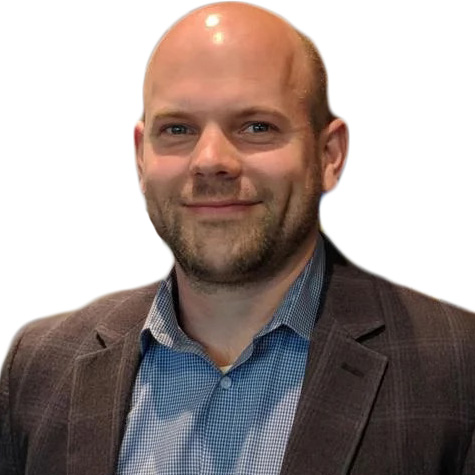This piece was also co-written by Derrell Bradford, President of 50CAN.
The COVID-19 pandemic, which began as a shock to our lives in 2020 and continues to affect everything we do as a nation, changed the fabric and rituals of daily life across this country. Nowhere is this more true than among K-12 students, millions of whom endured a year or more of closed or sporadically open schools, poorly implemented virtual learning, social isolation, and lost educational and extracurricular opportunities.
It was not supposed to be this way. Among numerous bipartisan federal aid packages, Congress provided hundreds of billions of dollars to the nation’s schools to improve connectivity and school safety, and — most importantly — to keep schools open for students who need in-person instruction. This included over $129 billion in the last round of education funding alone. Between the federal relief funds and unanticipated increases in state revenues, unprecedented amounts of money are available to overcome the challenges faced by students. Yet schools are still closing, with many children simply not getting any of what we, as a nation, have paid for.
Families and kids have been through so much these last few years. They are true heroes. And they adapted and have been flexible with every curveball thrown their way. Education consulting group Tyton Partners estimates that parents spent $20 billion last year in new out-of-pocket education expenses to make up for COVID-related disruptions. This is a historic investment from families of different races in different places and of all income levels across America.
Conversely, billions have been sent to schools whose doors have been closed and whose practices haven’t been nearly as nimble. We should acknowledge this. And we should support the hard work and commitment of families as they solve day-to-day challenges and navigate an education landscape that looks to be permanently disrupted because of this reality. We owe families this.


